Scientists Perplexed By The Rare DNA Of Chernobyl’s Mutant Dogs
Contrary to what is portrayed in movies, mutants are not hydra-headed creatures or zombies that terrify humanity. Mutation happens when the genetic code of your cells is permanently altered by one of many factors. And mutation can happen to any living creature, even man’s best friend.
Since the nuclear Chernobyl accident of 1986, the human population has suffered many unforeseen consequences. However, some mutated and homeless dogs still live around the abandoned nuclear facility.
All About the Nuclear Energy
The possibility of generating electricity from a nuclear reaction became a reality in 1951. For the first time, four electric bulbs connected in series lit up in the Argonne National Laboratory, Lermont, Illinois, United States.

Source: Argonne National Lab/Flickr
Nuclear power plants are believed to be the second lowest carbon-emitting source of electricity after hydroelectricity. Nonetheless, there is still widespread opposition to nuclear power adoption. Wonder why?
Nuclear Energy, Renewable Power Source, or Looming Disaster?
There have been some devastating accidents in nuclear power plants around the world. Subsequently, stiff regulations have been put in place to ensure the operation of these facilities is done under strictly controlled conditions.

Source: Hansueli Kraupf/Wikimedia Commons
When these preventive guidelines are rightly followed, energy experts suggest that nuclear energy could become earth’s greatest renewable energy source.
Some Nations Depend Heavily on Nuclear Energy to Power their Economy
Initially, laboratories worldwide studying nuclear fission, nuclear fusion, and nuclear decay were doing so to deploy them in nuclear warfare. However, the United States’ attack on Hiroshima and Nagasaki demonstrated the devastating potential of nuclear weapons.
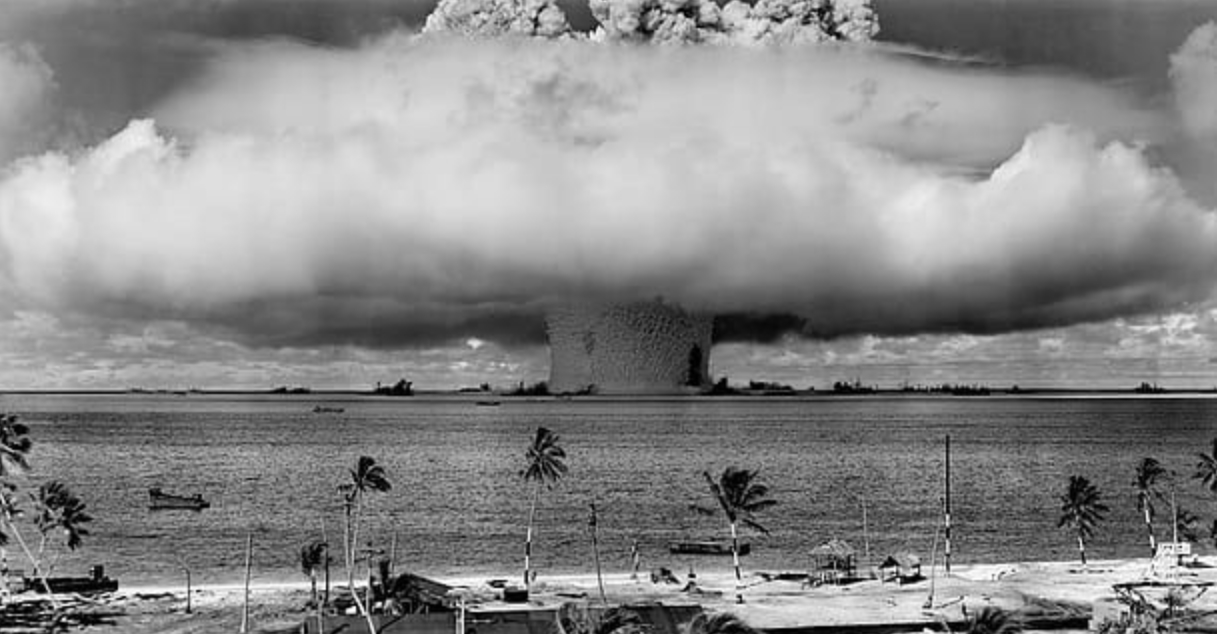
Source: Nuclear Bomb/Wallpaper Flare
Some of the governments that invested in nuclear research now know better. So much so that nuclear energy currently contributes only about 10% to global electricity generation instead of anything warfare-related.
Chernobyl: 10 Days of Inferno in Ukraine
It all started on April 26, 1986. A loud explosion was heard from the Chernobyl power plant, and the emergency response and containment team found reactor four on fire.
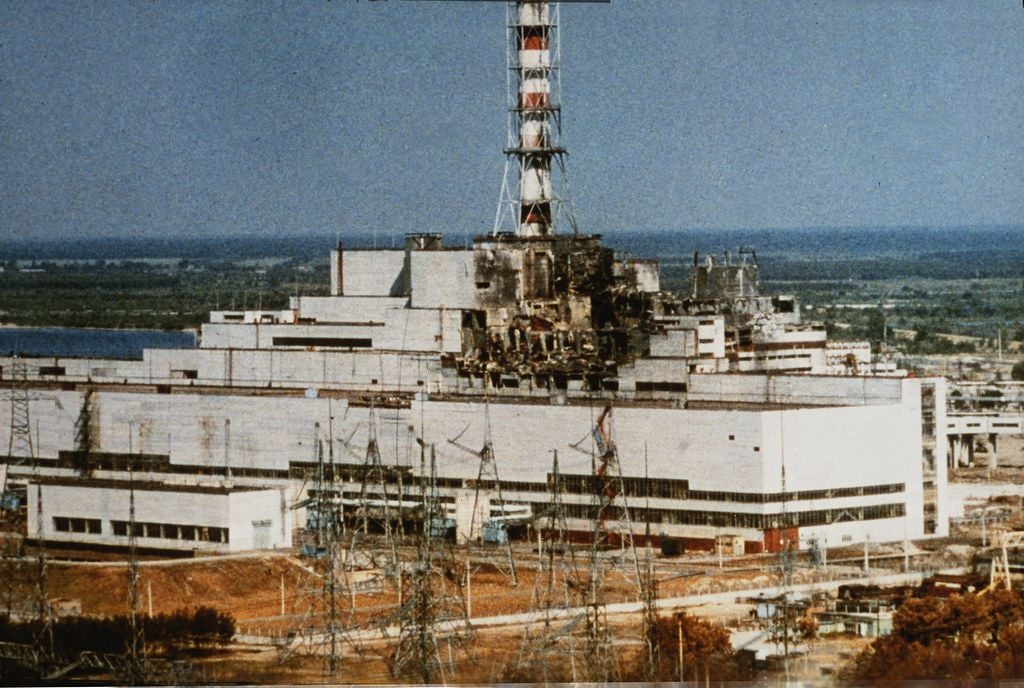
Source: Damaged Unit 4 Reactor/Flickr
The fire released toxic nuclear materials into the atmosphere and spread to the surrounding communities, resulting in an ecological disaster. Authorities immediately initiated a nuclear-containment response, extending a 2600-km area around the power plant. Over 50,000 people were required to evacuate what used to be their homes. It was one of the biggest nuclear disasters in history.
The Greatest Nuclear Accident on Planet Earth
The International Atomic Energy Agency (IAEA) was established in 1990 in response to the Chernobyl nuclear accident. The nuclear exposure of that accident resulted in 30 human fatalities, the highest number of direct fatalities related to nuclear plants.

Source: Wikipedia
The IAEA also developed an eight-point scale to measure the severity of subsequent nuclear events. This scale is called the International Nuclear and Radiological Event Scale (INES).
Some Other Notable Nuclear Accidents
There have been several cases of nuclear accidents around the world. However, most accidents in nuclear plants are not reported. This common tactic of non-disclosure is either because the accidents are minor, for good PR, or probably to avoid panic.

Source: Fukushima explosion/Flickr
Besides Chernobyl, the 2011 Fukushima disaster is the second most serious nuclear accident reported. The aftermath of a nuclear disaster is devastating.
The Aftermath of a Nuclear meltdown
It was discovered that beyond the forced migration of people away from the Chernobyl locality, the wildlife population equally dwindled. The nuclear contamination of the air and widespread poisoning of water bodies by metals must have been responsible for the death of the wildlife local to the Chernobyl woods.
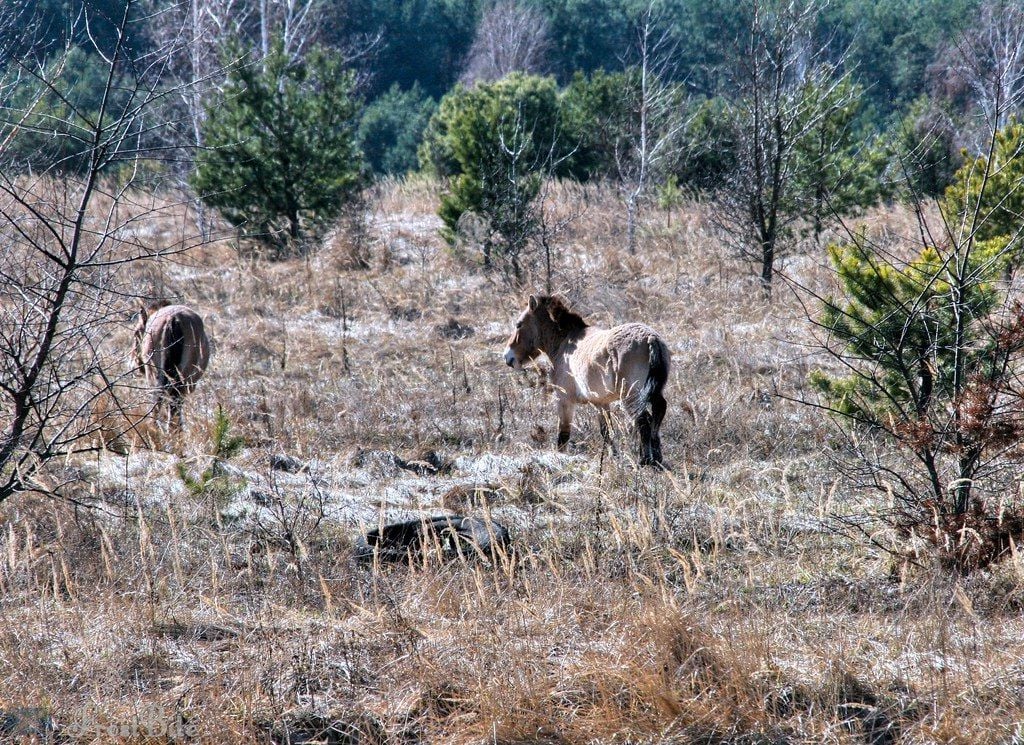
Source: Chernobyl Wildlife/Flickr
However, the nuclear incident did not entirely wipe out the wildlife populations; it reduced them drastically. In the remnants, researchers found widespread varieties of dogs that had survived the disaster.
Introducing the Chernobyl Mutants
After the Chernobyl disaster of 1986, authorities contained the nuclear facility in safe confinement. Also, the host town of Pripyat — in present-day Ukraine — was abandoned to avoid human exposure to nuclear radiation.

Source: Pinterest
However, many Chernobyl workers abandoned their dogs during the hasty evacuation. Many of these dogs then became feral and had to live independently, living off the nuclear-contaminated environment.
Thriving Against The Odds
Despite the severe effects of the environment, these canines have overcome the odds and found a way to survive. Surprisingly, the population of dogs has grown over the years.
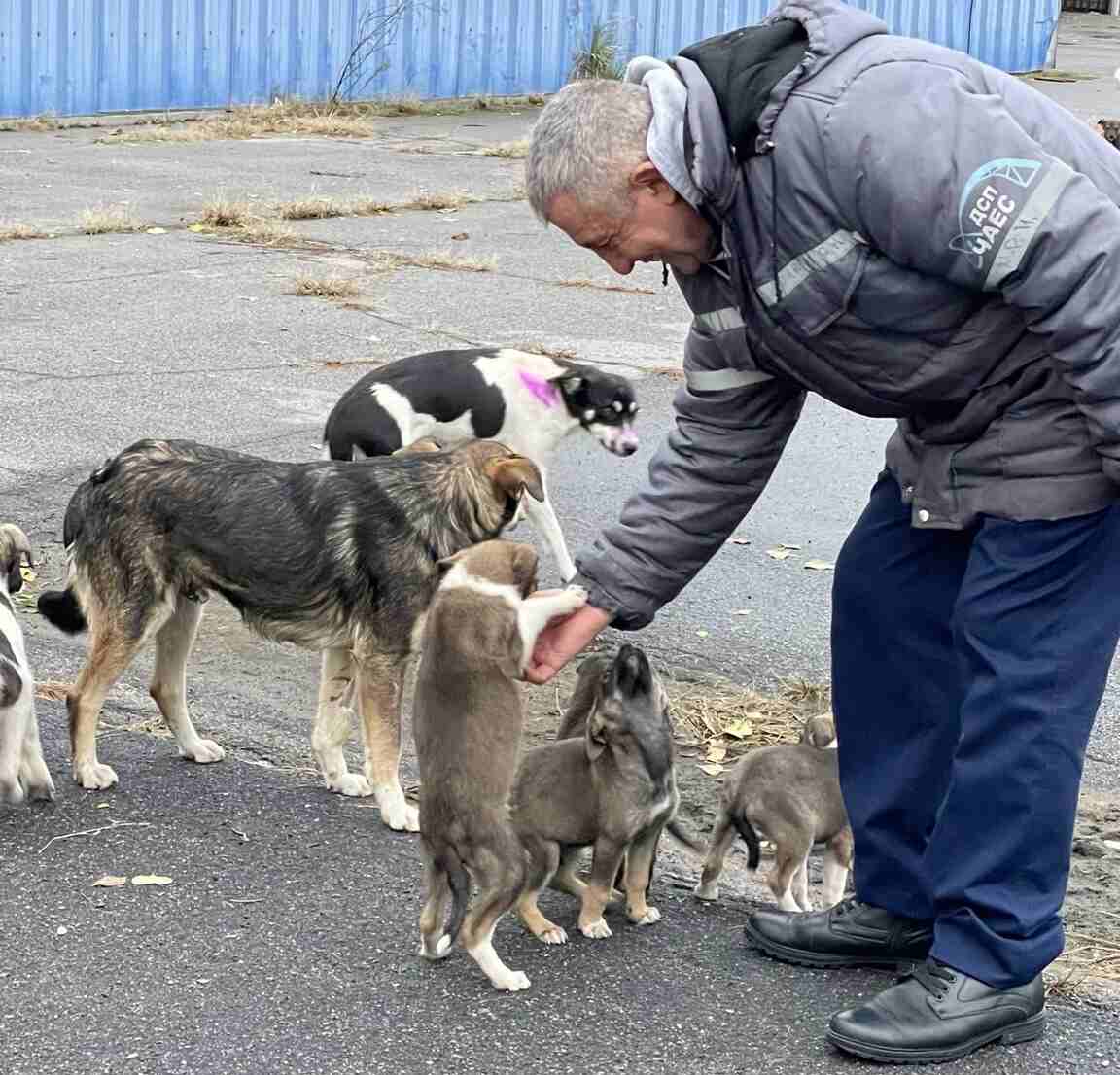
Source: Dogs of Chernobyl /Facebook
One of the ways this was made possible was through the help of the locals and a rise of dark tourists. Also, nonprofits and researchers have contributed by providing vital veterinary care and spaying and neutering as many dogs as possible.
Unbridled Exposure to Nuclear Radiation
The canine population living around the abandoned Chernobyl plant lives with daily exposure to heavy radiation from nuclear waste. This environment causes irreversible damage to the DNA of these poor creatures.
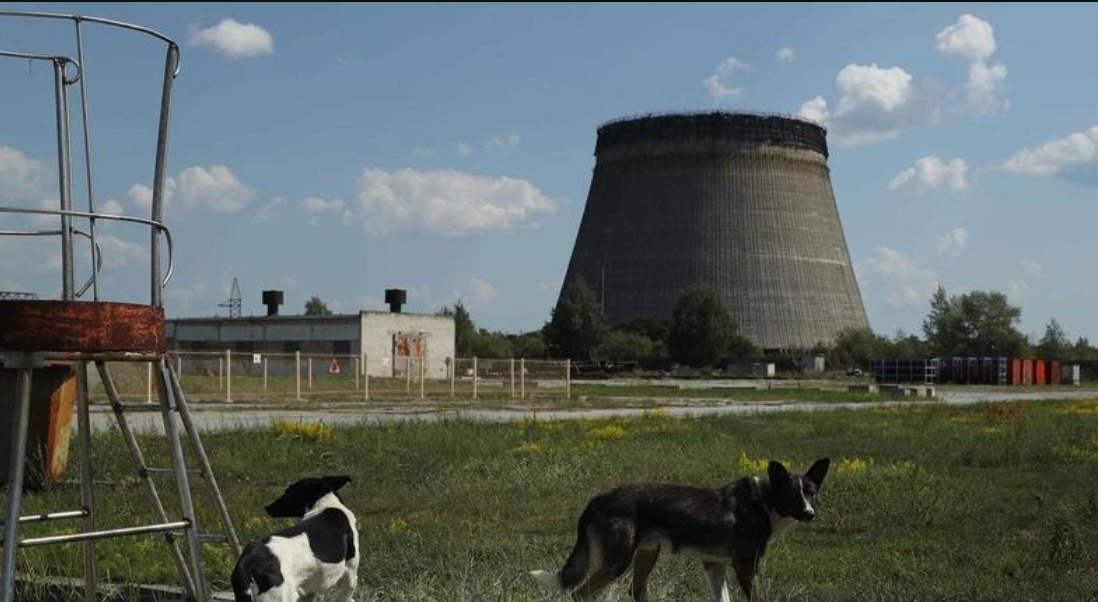
Source: Sean Gallup/Getty Images
Of course, there’s no noticeable change in their physical looks and agility. They look like any other cute pup you might see on the day to day. However, Biologists and other collaborators suspect a significant alteration in their genetic makeup.
Some Other Factors May Induce Gene Mutation
High doses of radiation, chemicals, or infectious agents are some of the many factors that might cause gene mutation. Of course, this is the case with Chernobyl.
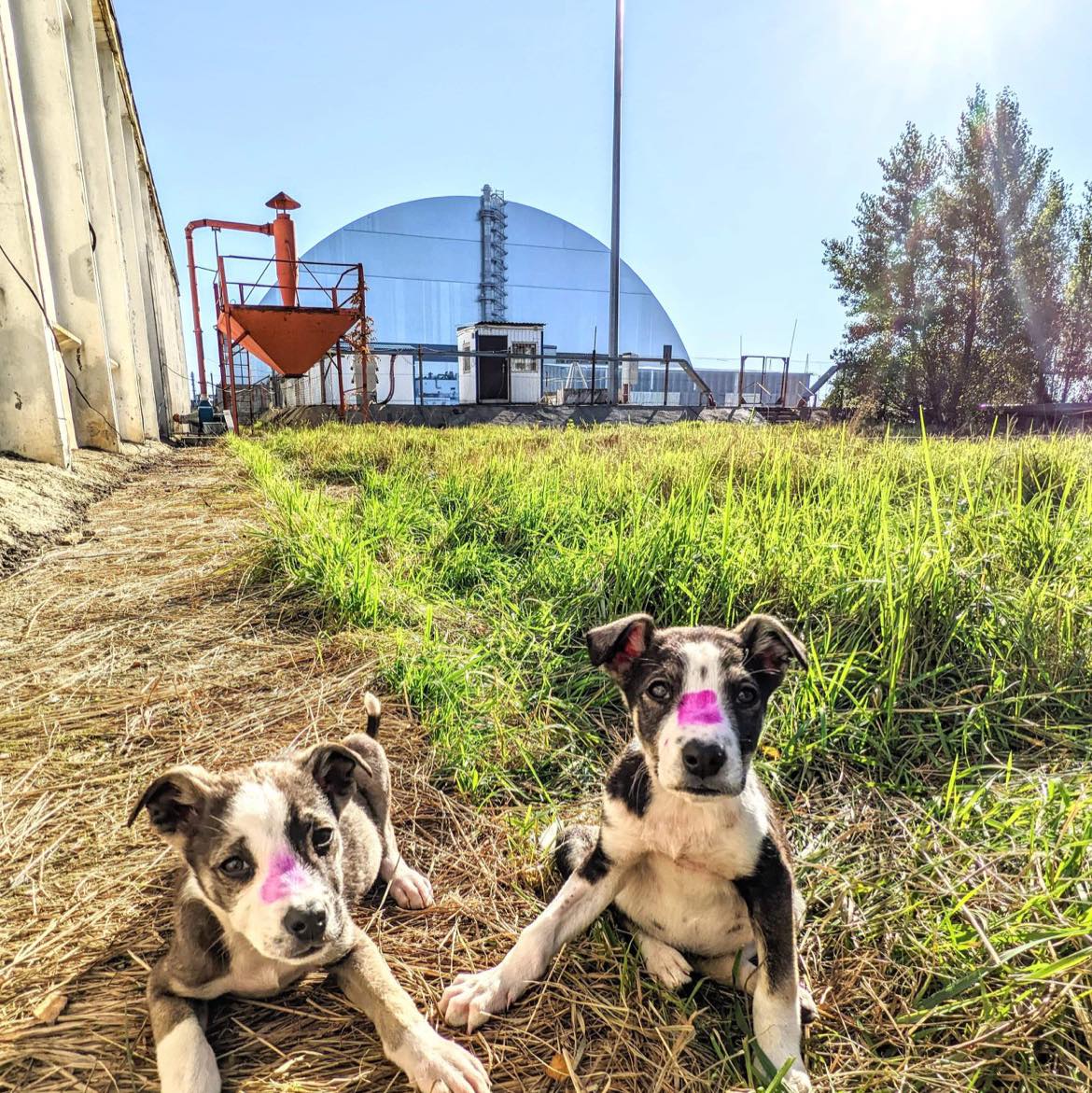
Source: Facebook
In the case of mutation induced by nuclear activities, the chemical waste — usually spent plutonium or uranium — emits intense radiation. Hence, nuclear power generation leads to the accumulation of nuclear waste, which must be stored in controlled warehouses for over 30 years.
There Could Be a Direct Relationship Between Nuclear Radiation and Cell Mutation
Nuclear wastes causing genetic mutation have been based on suppositions for a while. However, experts firmly believe nuclear radiation can penetrate the human skin, compromising our cells’ genomic makeup.
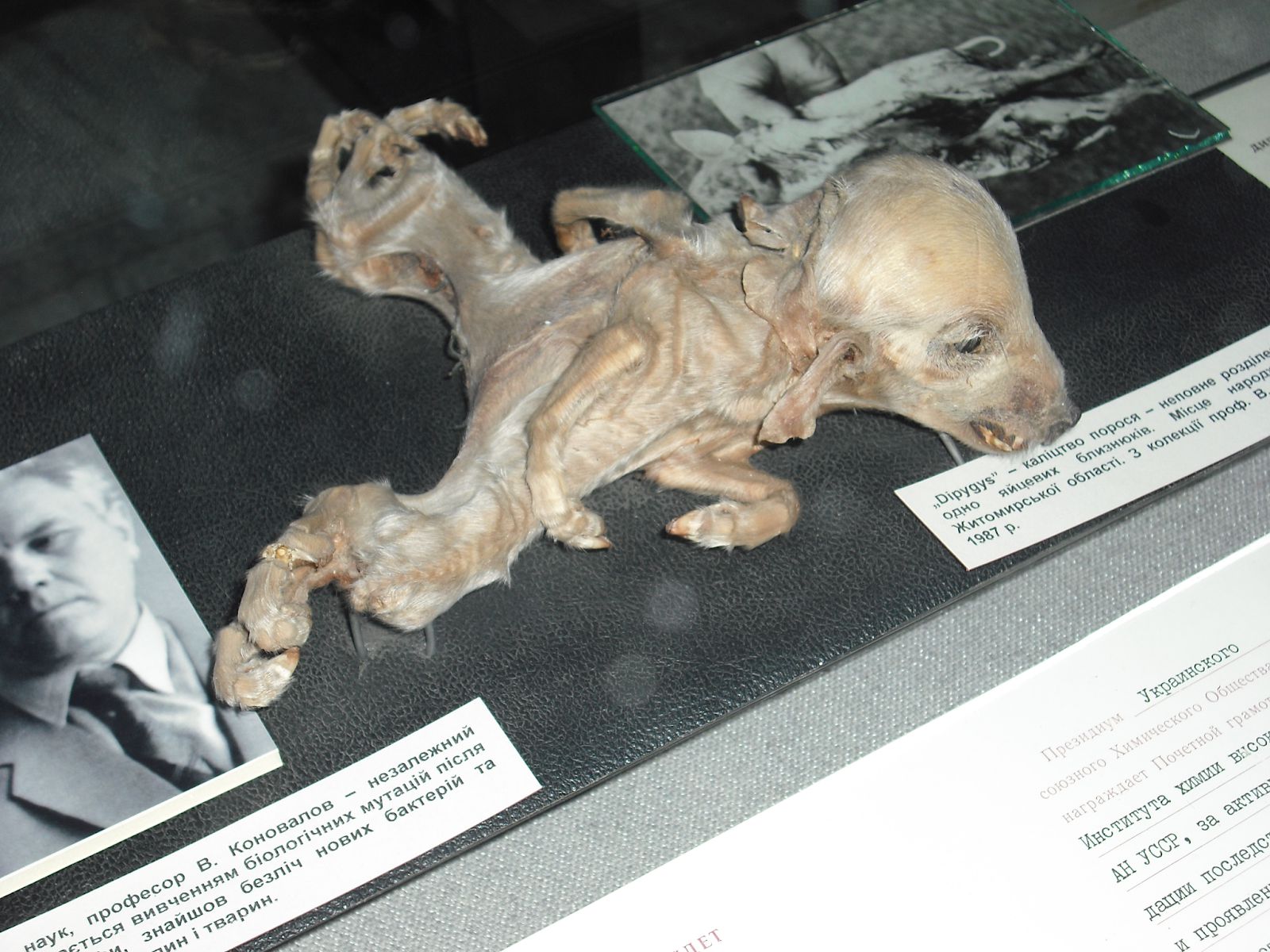
Source: Chernobyl Museum/Wikimedia Commons
Indeed, some radiative exposure cases are assumed to lead to cancerous growth and, by extension, organ degeneration.
What Does the Research Say?
In early 2023, a team of scientists decided to draw solid conclusions on the effects of long-term exposure to nuclear radiation.
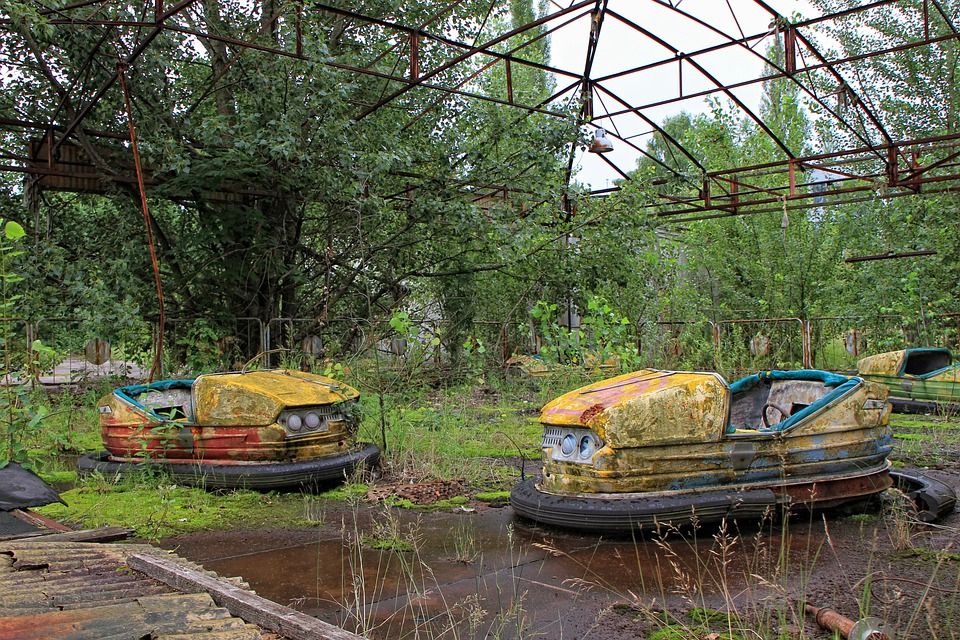
Source: Abandoned Pripyat/Max Pixel
They chose the canine population living within the abandoned Chernobyl facility as their primary study sample. Also, these researchers studied free-breeding dogs that live a little farther away, in Pripyat (15 km radius) and in far-away Slavutych (45 km radius).
Little Miss Prancer
One of these dogs was Prancer, a dog who earned her name through her little joyful dance that accompanies her greetings to the research team. Tim Mousseau, who led the research team, is a biology researcher at the University of South Carolina.

Source: Dogs of Chernobyl /Facebook
Although his research subjects are usually smaller creatures, he has dedicated years to studying the impact of radiation on living organisms in areas like Chernobyl and Fukushima.
Genome Varies With Shelter Location
The scientists discovered, during their research, that families of feral dogs living within the Chernobyl facility had the highest level of exposure to radiation. When this group was compared to exactly the same species in Pripyat and Slavutych, considerable variations were found in their genomes.
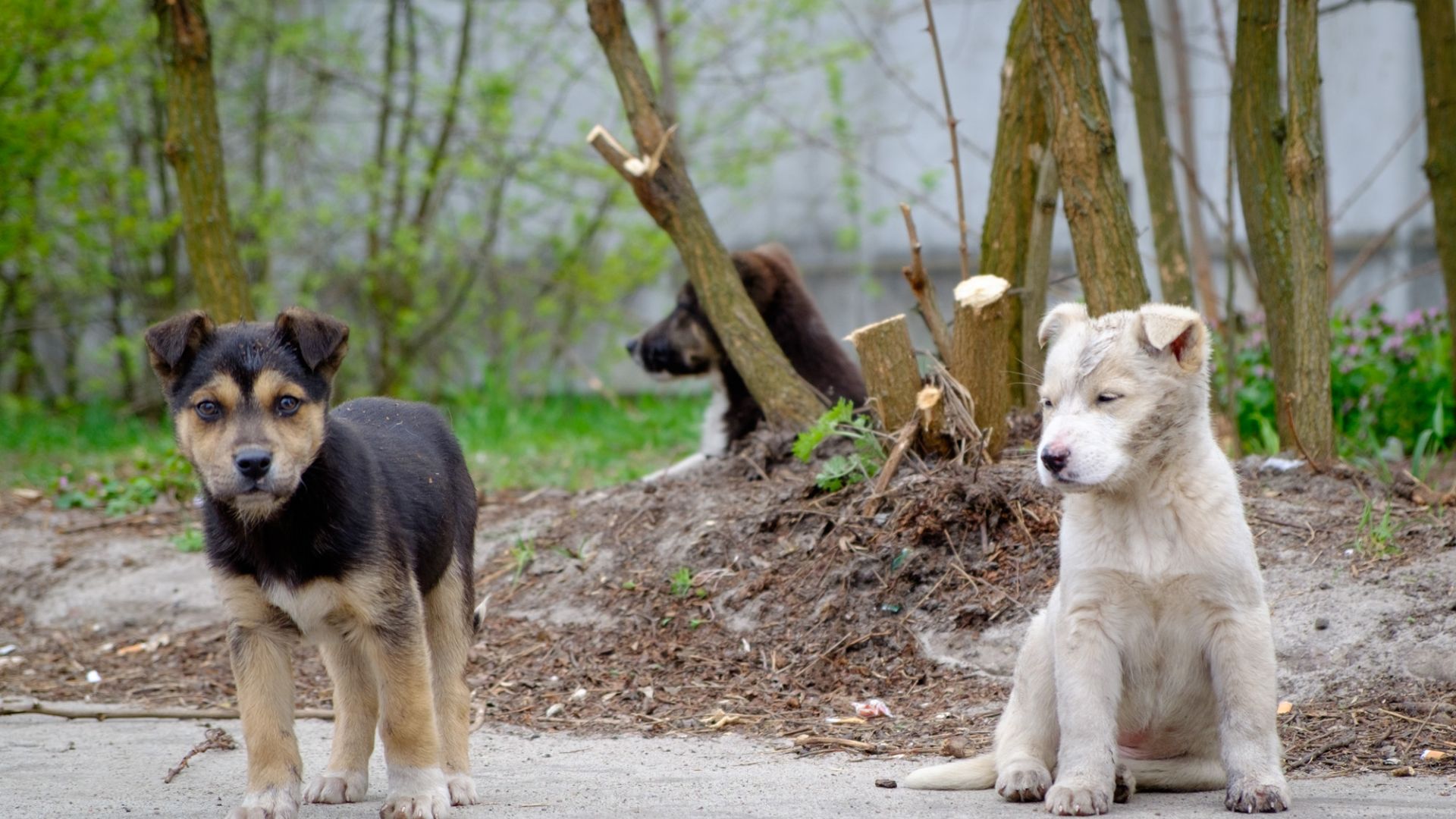
Source: Bellona.org
Apparently, the Chernobyl dogs have a highly varied genetical fingerprint, compared to the two other groups.
Canine Lineage in Chernobyl and Slavutych
Research and studies also revealed that the dogs living within Chernobyl have a genetic background that predominantly consists of Boxer and Rottweiler ancestry. In contrast, Slavutych’s canine population revealed something different, with the dogs there showing a higher proportion of Labrador Retriever lineage.
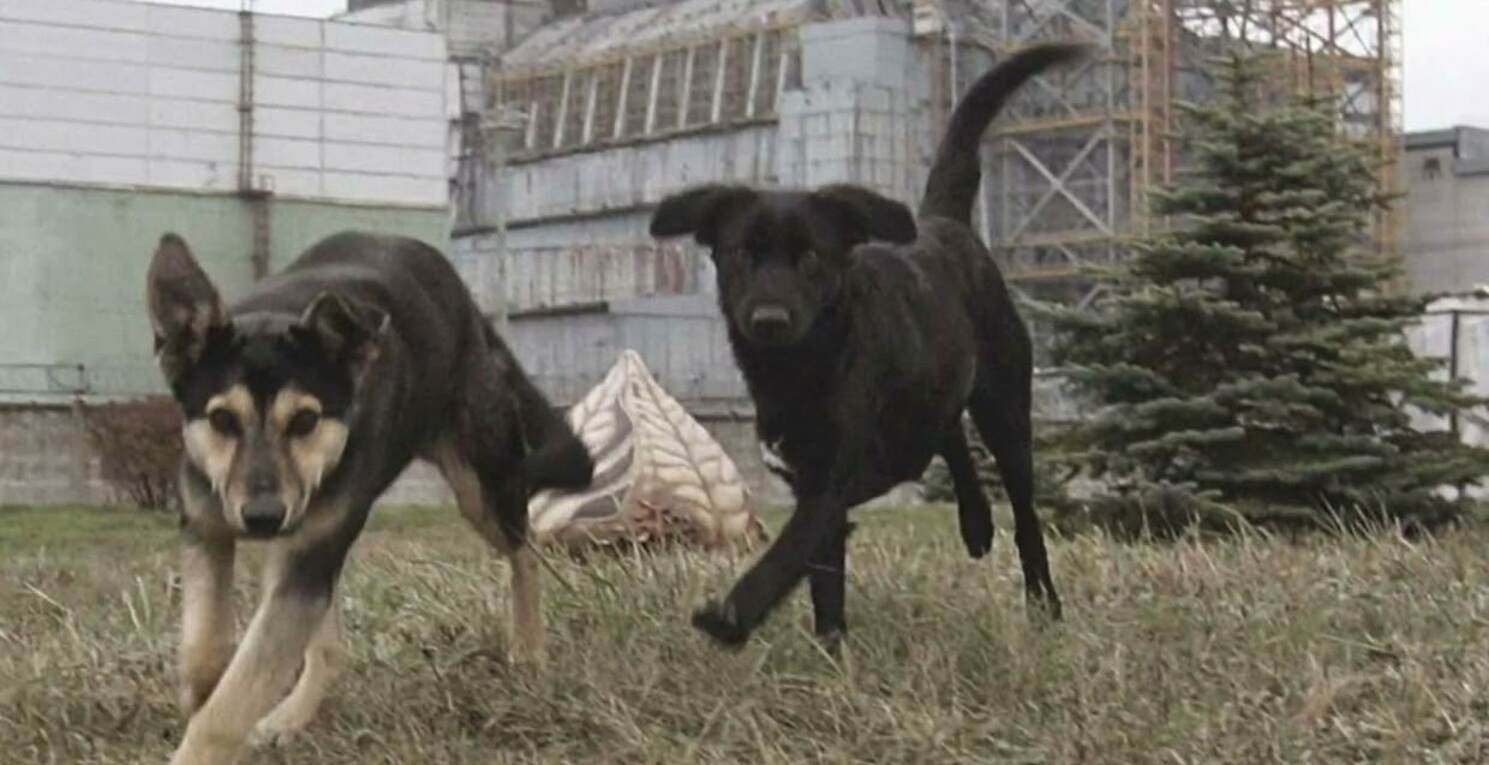
Source: Gonzalo Mustaine/YouTube
There is no doubt that these distinctions in genetic composition will likely also influence the human understanding of the impressive genetic resilience displayed by these thriving canines.
The Scientists Looked Beyond the Data
While it is true that Chernobyl dogs were found to be genetically different, the researchers agreed that the data was insufficient to conclude that radiation was the sole cause of the genetic mutation.

Source: Gizmodo
However, with holistic analysis, that same data will assist the researchers in identifying the various impacts of long-term exposure to nuclear radiation.
In Fairness to the Canine Family, They Are Not Lab Rats
There were volunteer campaigns in and around Chernobyl to evacuate stray dogs. However, some evaded rescue and continued living and breeding in that region.
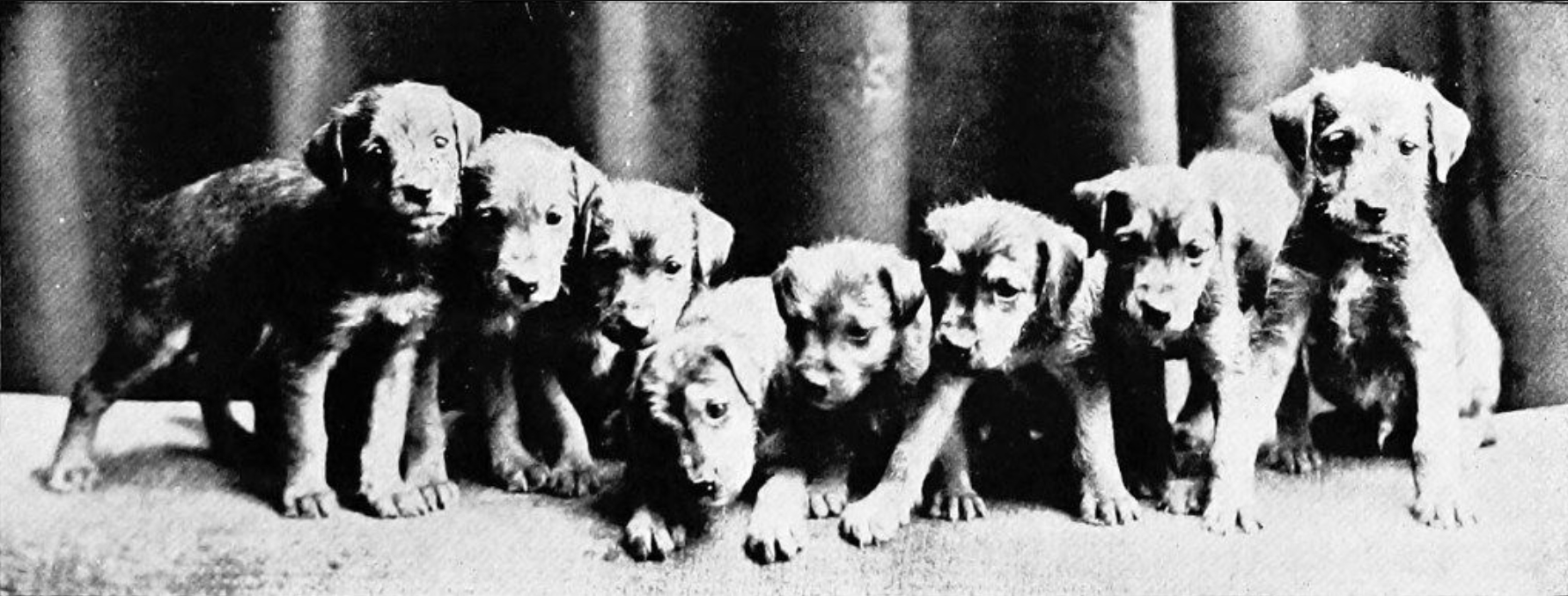
Source: Argonne National Lab/Flickr
Interestingly, the dog population seems to be thriving, despite the heavy contamination of their environment. Genomics expert, Elaine Ostrander, suggests that the genetic alterations in these dogs might have helped them adapt to the toxic nuclear waste.
Dogs Were the Perfect Animals for the Ongoing Study
The nuclear containment area around the Chernobyl nuclear plant is said to be as large as Yosemite National Park in California. Consequently, there are varieties of animals still roaming the woods there. Some examples are beavers, elk, wild boar, deer, wolves, and bison.
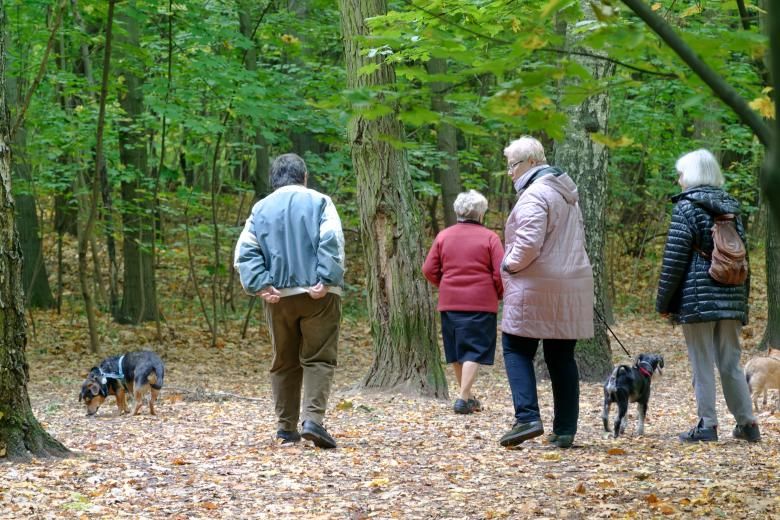
Source: Stockvault
The dogs were chosen for the study because they’re the only animals in the area that are comfortable with sharing human spaces.
Transfer of Genetical Mutations through Birth
The scientists are equally trying to establish whether the contamination-induced mutation in the first set of stray dogs at Chernobyl was transferred across generations to the present dog population.
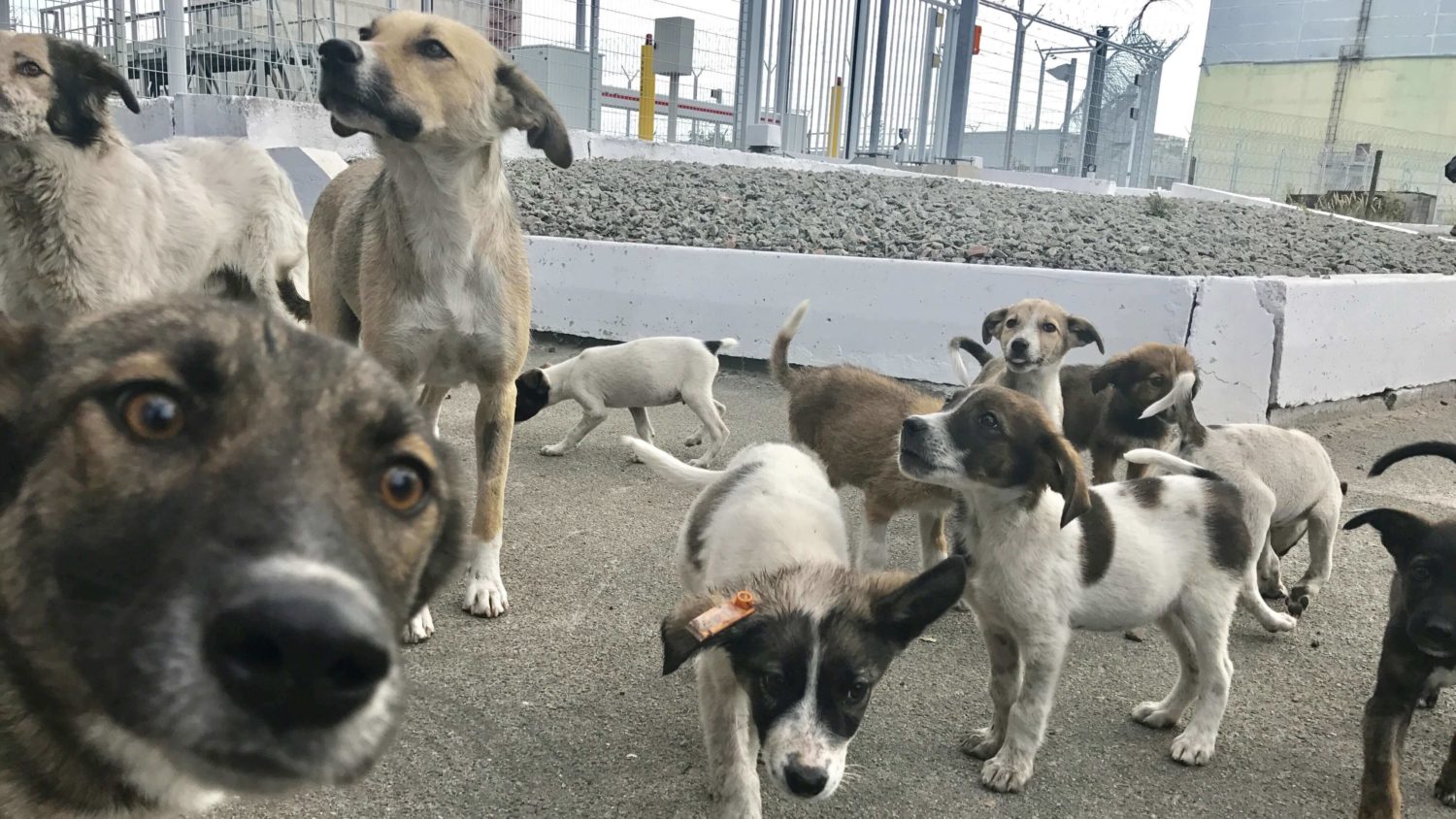
Source: LiveKindly
If the above is not the case, then dogs are born normal and grow to acquire their dosage of mutation, which will be an interesting find.
Similar Nuclear Survivors
Surprisingly, the effects seen in the Chernobyl dogs and other animals look like those seen in Japan’s atomic bombings survivors during World War II, as highlighted by Mousseau.
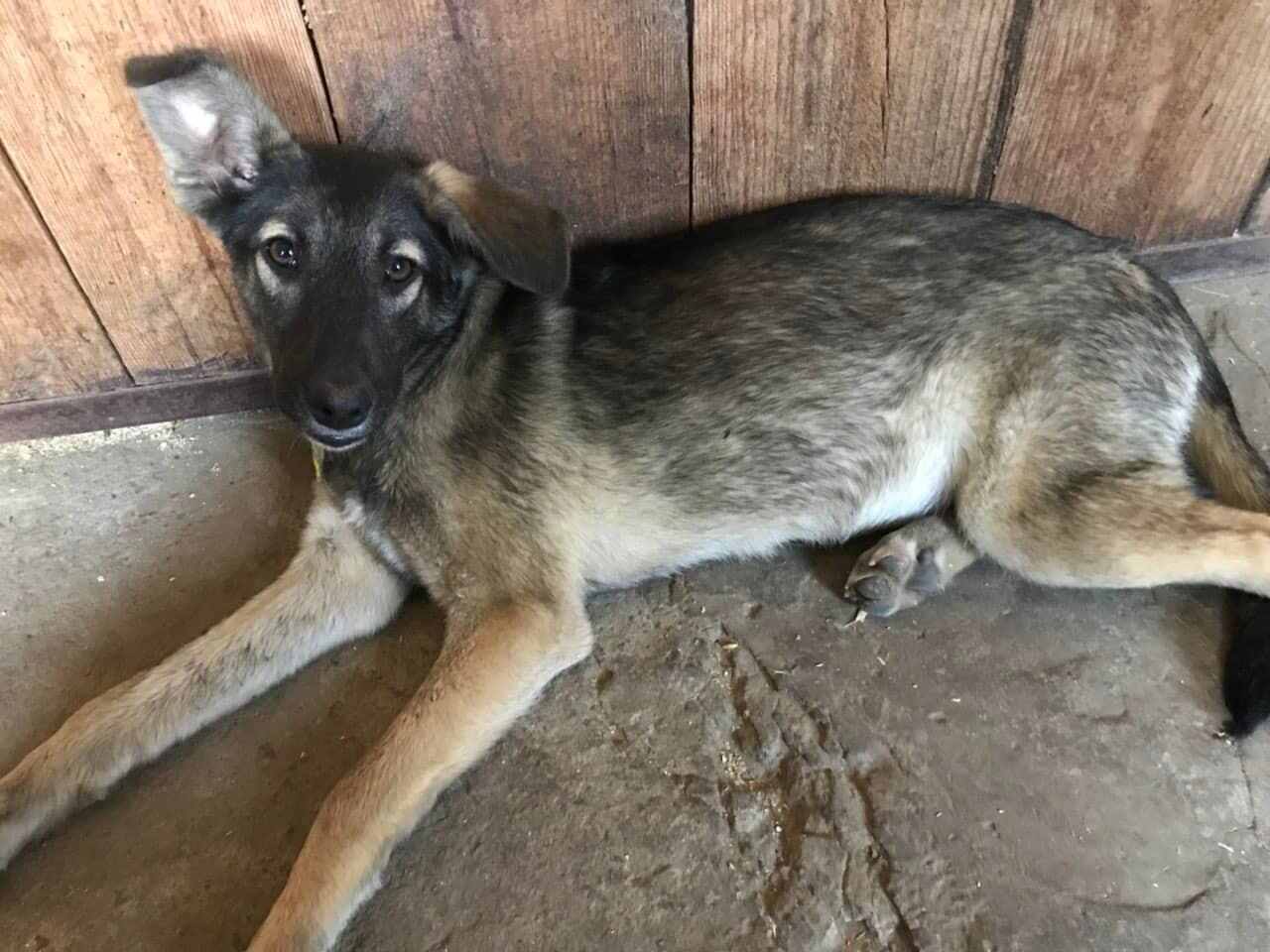
Source: Dogs of Chernobyl /Facebook
One of these similarities is evident in the increased occurrence of cataracts, attributed to the eyes being particularly susceptible to the chronic effects of ionizing radiation. Also, scientists are examining the development of other anomalies, such as tumors and reduced brain sizes.
Identifying If Nuclear Radiation Causes Genetical Adaptation
These are some of the questions that our mutant dogs will help us answer. After extensive data has been collated, it will be possible to identify if the genetic modifications are merely ways of adapting to hostile environments.

Source: Nick Humphries/Climate Home News
If the genetic mutation is not an adaptability feature, then, it is most likely a destructive crisis that needs to be avoided by all means.
Relevance of the Study to Space Exploration
Whenever astronauts venture into space, they are exposed to different levels of radiation, though not nuclear. This study on dogs will help researchers to establish the long-term effect of radiation exposure on humans, which is inevitable in space.

Source: Nuclear-Powered Spacecraft/Wikimedia Commons
Likewise, space rocket engineers are considering the potential of developing nuclear-powered spacecraft. Hence, this research may supply information on the potential hazards of such innovation.
Lessons From Chernobyl's Dogs
Living within Chernobyl, the radiation had some effect on the DNA of these canines. The constant exposure to radiation caused fractions to their DNA. Although their cells try to repair these fractions, the process is prone to errors. Due to this, DNA deletions, spontaneous additions, and haphazard rearrangements become the norm.
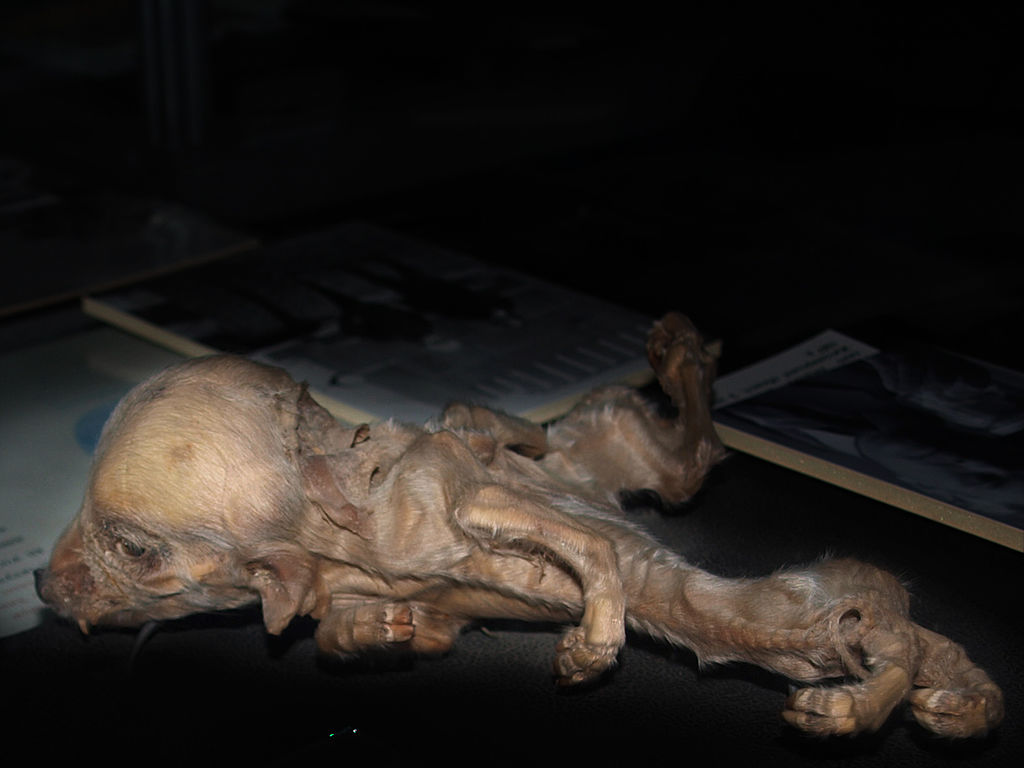
Source: Wikimedia Commons
These discoveries reveal that how these dogs thrive amidst the environment holds immense potential for fields like cancer treatment.
Building on the Foundation of Insightful Knowledge
The team of scientists is not relenting yet. They are trying to glean as much insight as possible from the Chernobyl disaster. So, they keep gathering data for various studies to give humans an idea of the implications of carelessly harnessing nuclear energy.
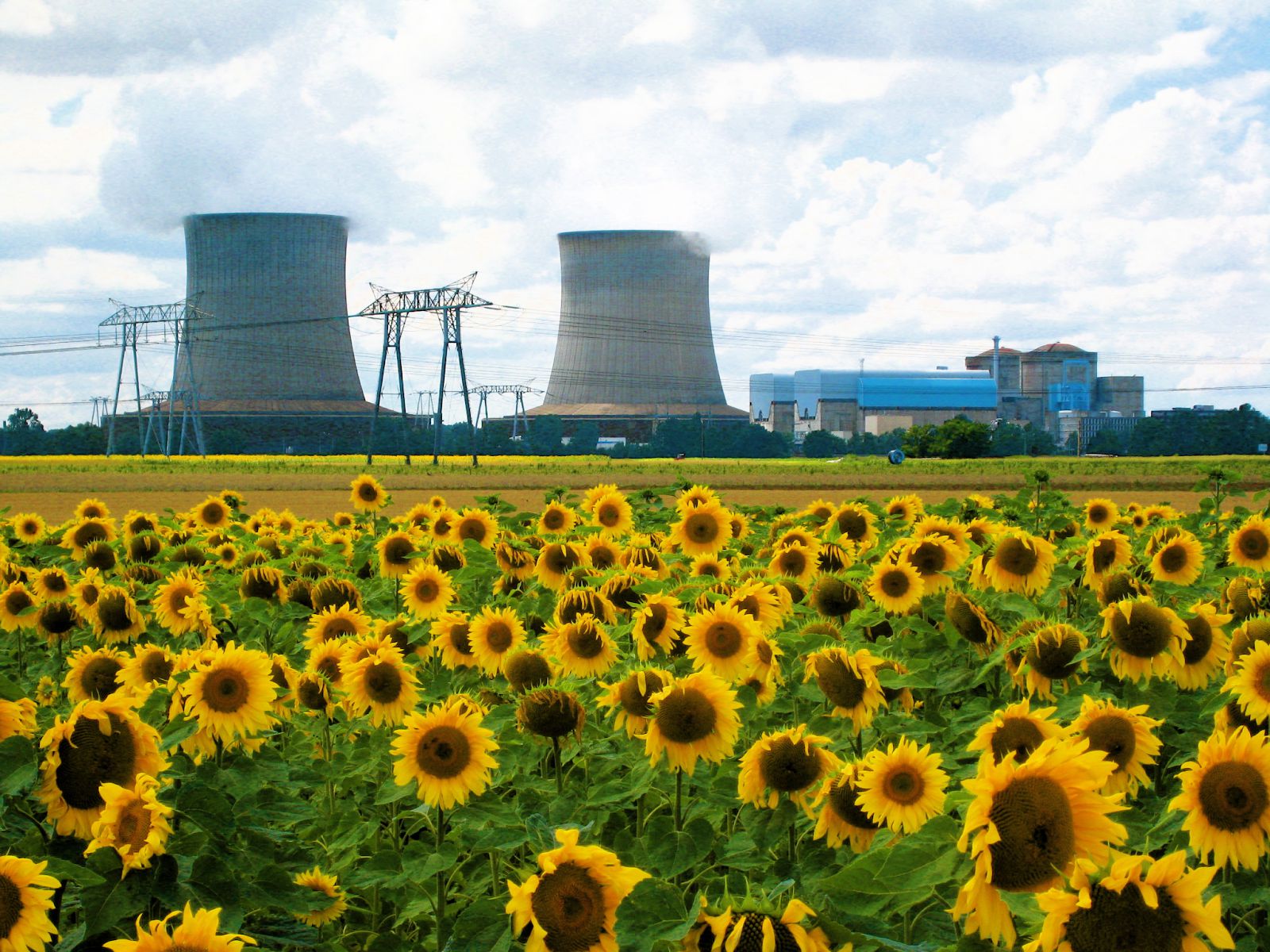
Source: Wikimedia Commons
Nuclear waste aside, nuclear energy is one of the most versatile and robust renewable energy sources. It will be good if we can harness it correctly and safely.
